SciArt profile: Menelia Vasilopoulou Kampitsi
Posted by the Node, on 16 October 2024
In this SciArt profile, we meet Menelia Vasilopoulou Kampitsi, who studied functional morphology during her PhD and is now working part-time as a scientific illustrator. Menelia takes inspiration from impressionism, the Bauhaus movement, and surrealism, and employs a variety of techniques to create her artwork.
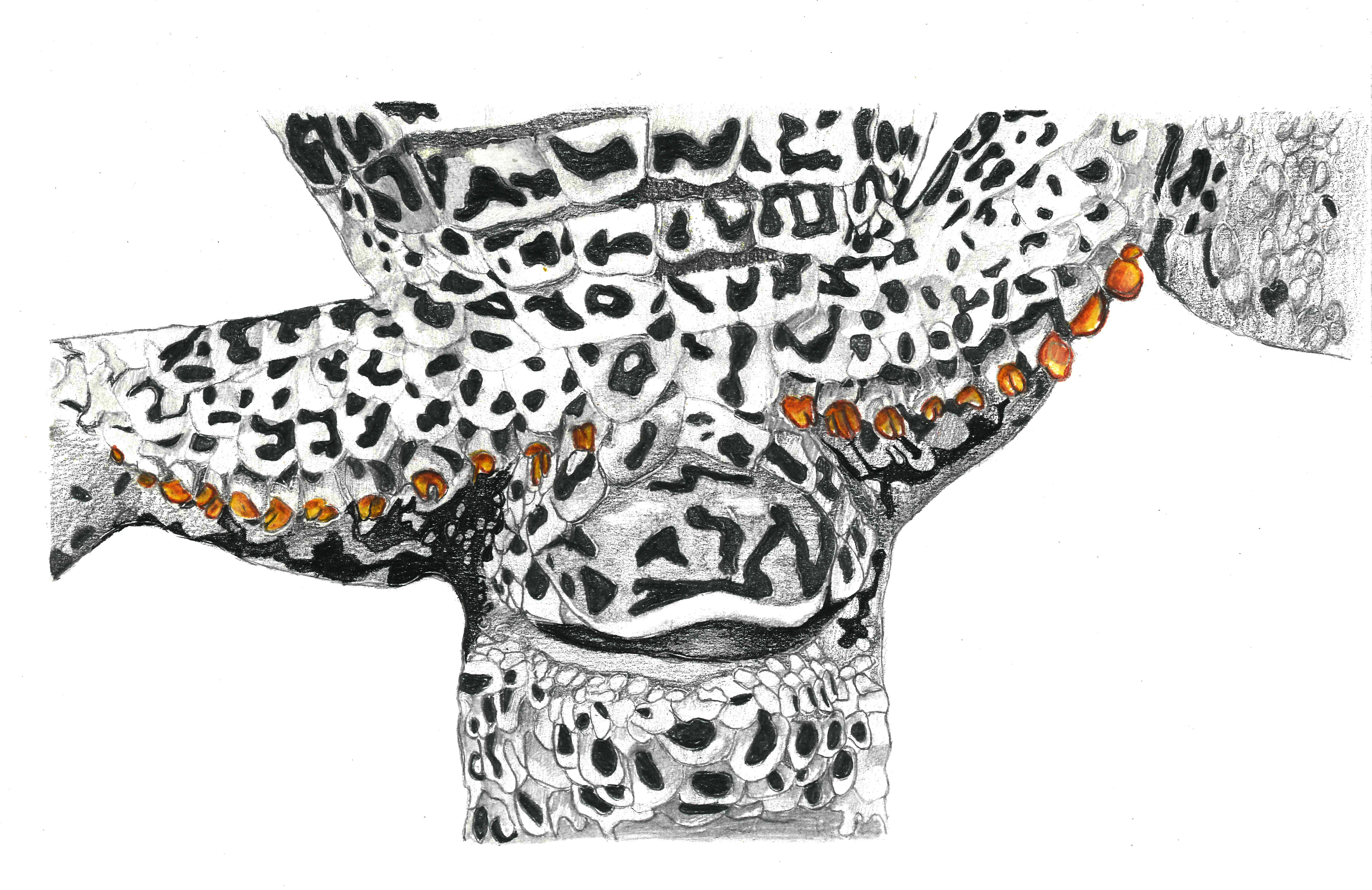
Can you tell us about your background and what you work on now?
My academic background began in the fields of organismal biology and ecology, which I studied between Greece and France. I later pursued a doctorate in functional morphology at the FunMorph Lab of the Univeristy of Antwerp in Belgium. It was during my PhD that I recognized the importance of illustration as a tool for communicating complex scientific concepts, both to the academic community and the general public. Toward the end of my doctoral studies, I had the opportunity to take a scientific illustration course in Spain—my first formal step into the world of scientific illustration. Since transitioning to freelance work in 2020, I’ve had the pleasure of collaborating on a variety of projects with PhD students, veterinarians, and researchers.
Over the past few months, I’ve had the chance of collaborating with a team of veterinarians, contributing illustrations to a new book on the psychiatric aspects of cats. This project, so far, has been a learning experience, combining my love for art with a deeper understanding of the behavioral complexities of cats. I will still be working for this project until the end of the year. This opportunity follows a previous collaboration with the same team, where I illustrated a book on canine psychiatry. The original French edition of the first book was published in 2023 by NoLedge Editions, with the English version being released by Springer Nature in 2024.
Aside from this project, I accept commissions from other clients on a wide range of topics, each one presenting new challenges and artistic explorations.
At the same time I work part-time as an imaging specialist for Twinsight, a company based in Grenoble in France, aiming to personalise and improve surgical care.
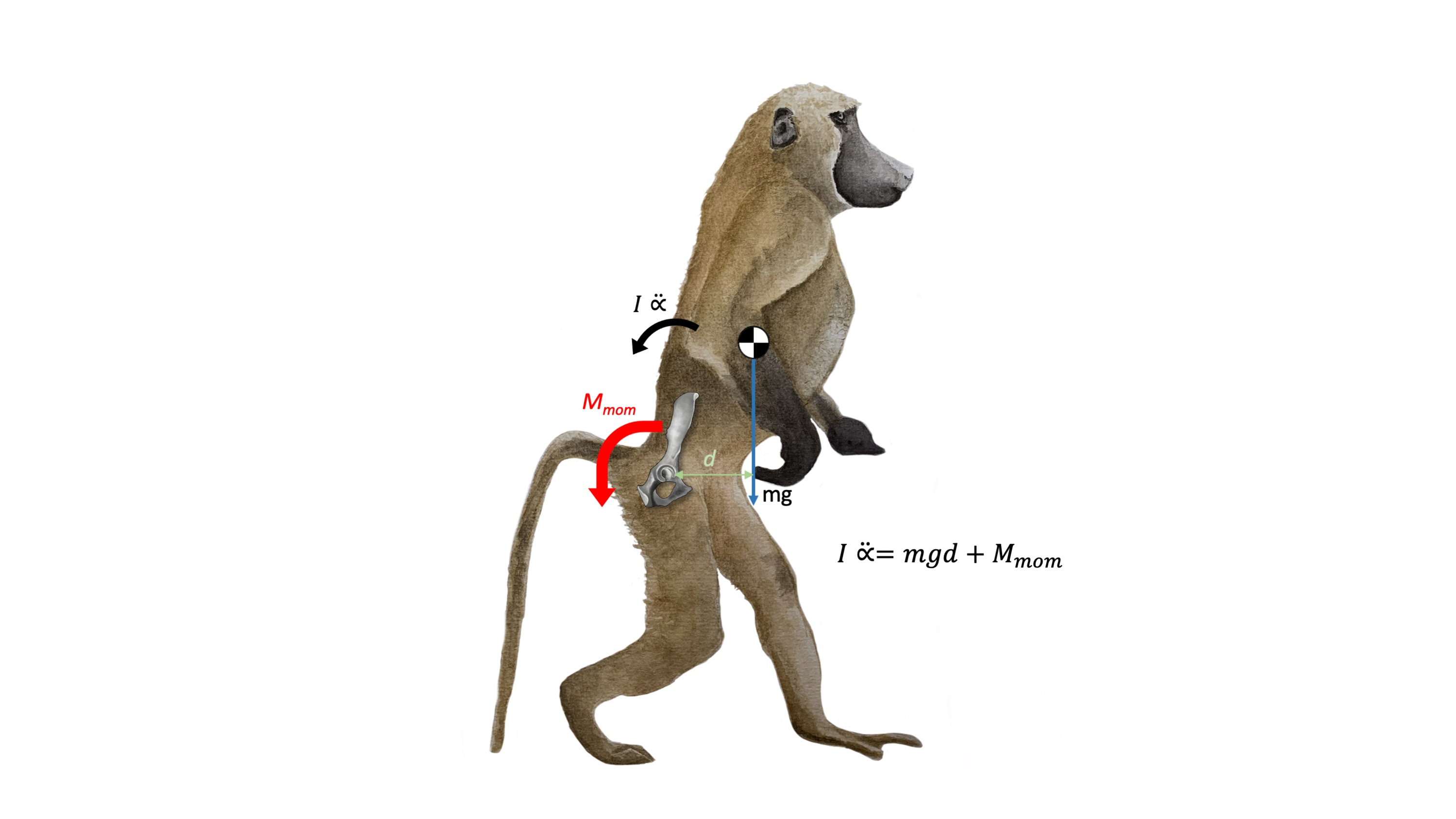
Were you always going to be a scientist?
I’ve always felt a deep connection to nature, particularly animals and life itself. This connection and interest led me to choose biology as my first choice for my academic years. However, I never imagined during my early studies that I would eventually have the strength to go on to earn a PhD. It wasn’t a planned destination but I am very happy to have followed this path. It was a unique experience in the world of science.
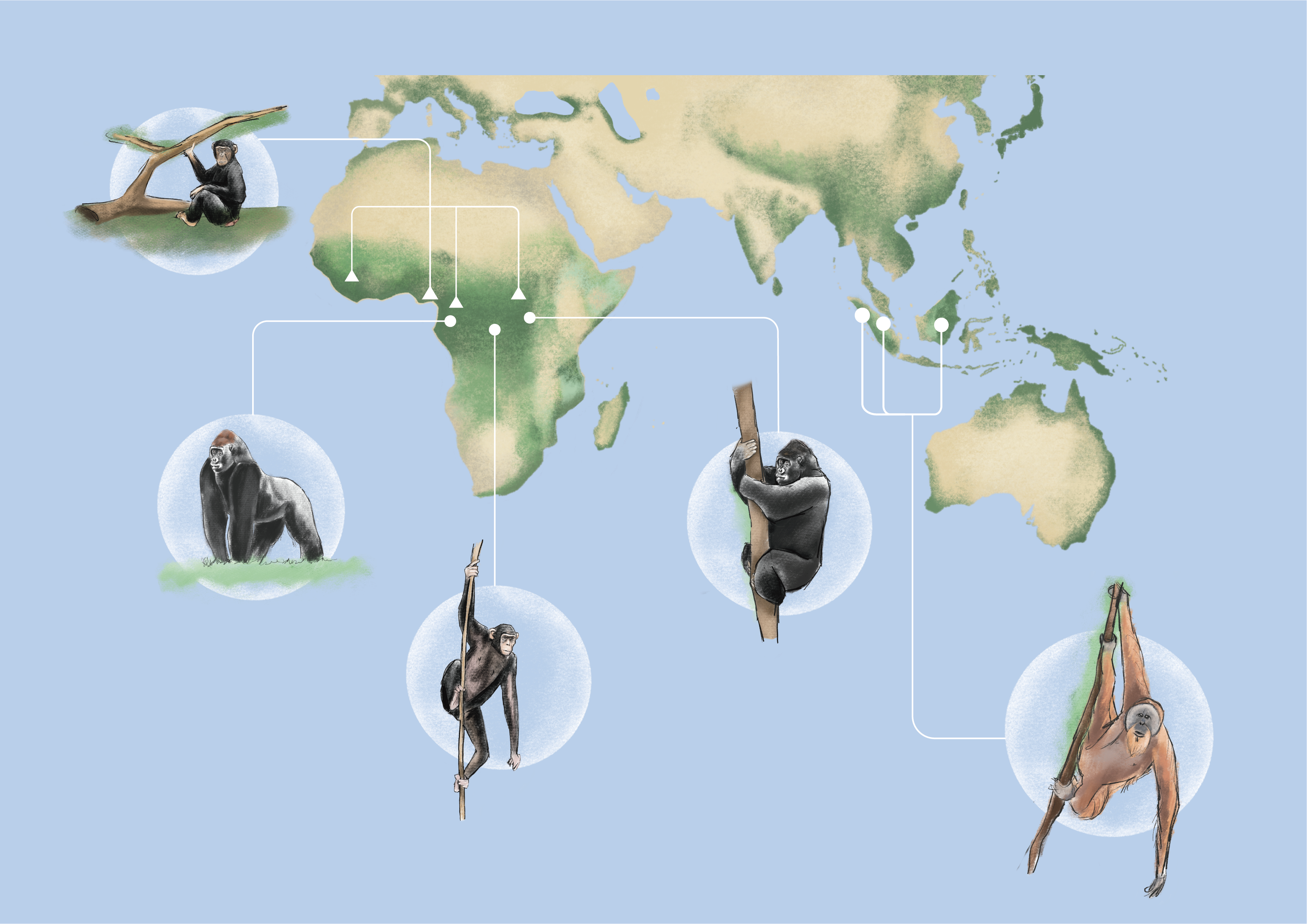
And what about art – have you always enjoyed it?
Art was always a close second in my passions, even though I pursued it more as a personal exploration during my free time. I always enjoyed drawing and painting, with a particular focus on colors and forms. It wasn’t until later, after my studies, travels, and collaborations with fellow researchers, that naturalistic illustration became a part of my life. My work in science truly deepened my appreciation for the beauty of nature, and that’s when art and science naturally converged for me.
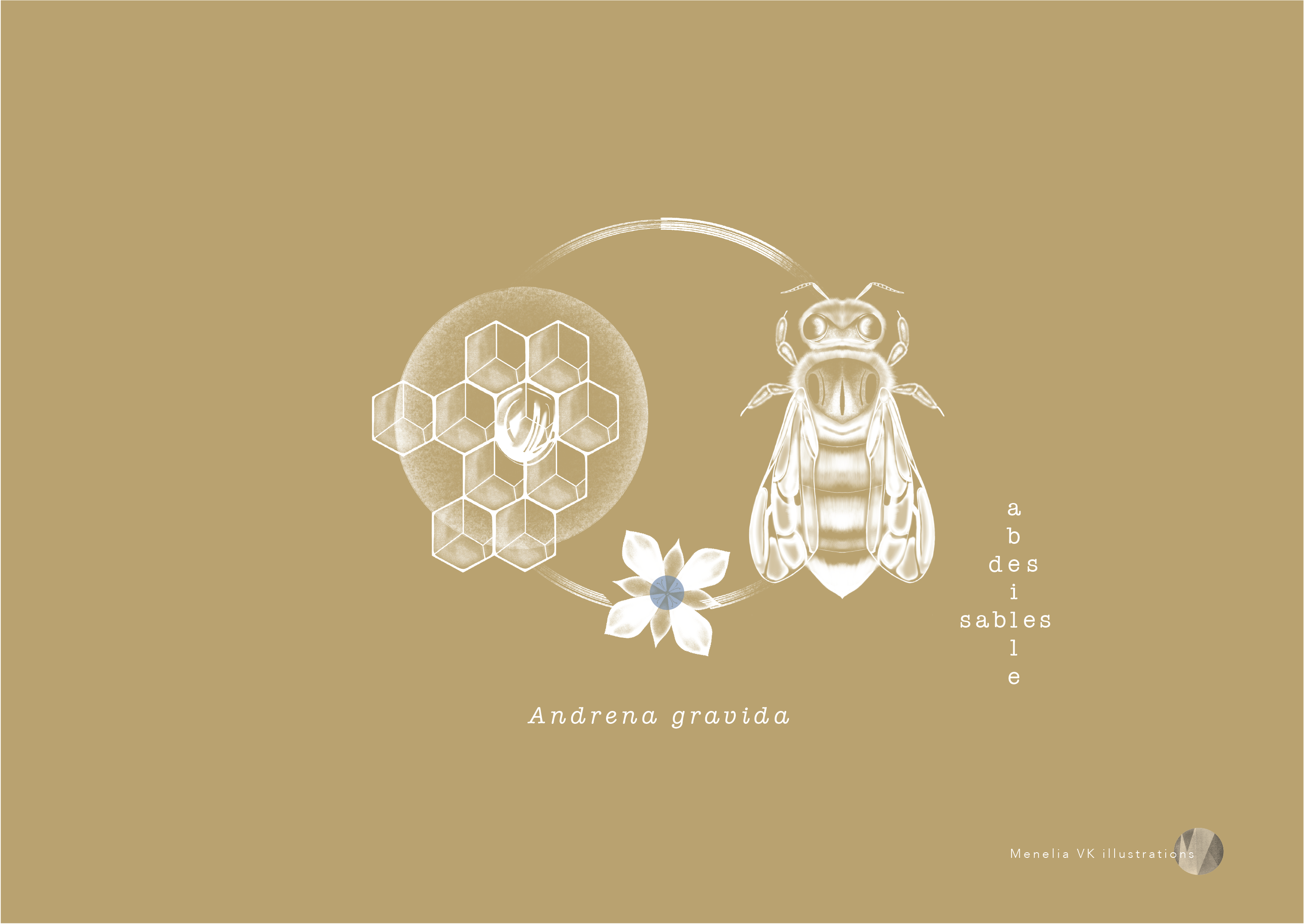
What or who are your most important artistic influences?
Art museums have always been a source of inspiration for me. Over the years, I’ve explored many different artistic movements and eras, each offering different input to my artistic creations. My influences are a blend of several distinct styles—impressionism, the Bauhaus movement, and my personal favorite, surrealism. I have a deep admiration for the Bauhaus movement, particularly in its exploration of geometric forms and harmonic color combinations. To me, this approach is directly linked to the art we find in nature, where structure and color coexist in harmony.
I also find great inspiration in the naturalistic illustrators of the past, such as Ernst Haeckel. I like traditional techniques such as graphite and watercolor, that were mostly used to create illustrations long before the digital era.
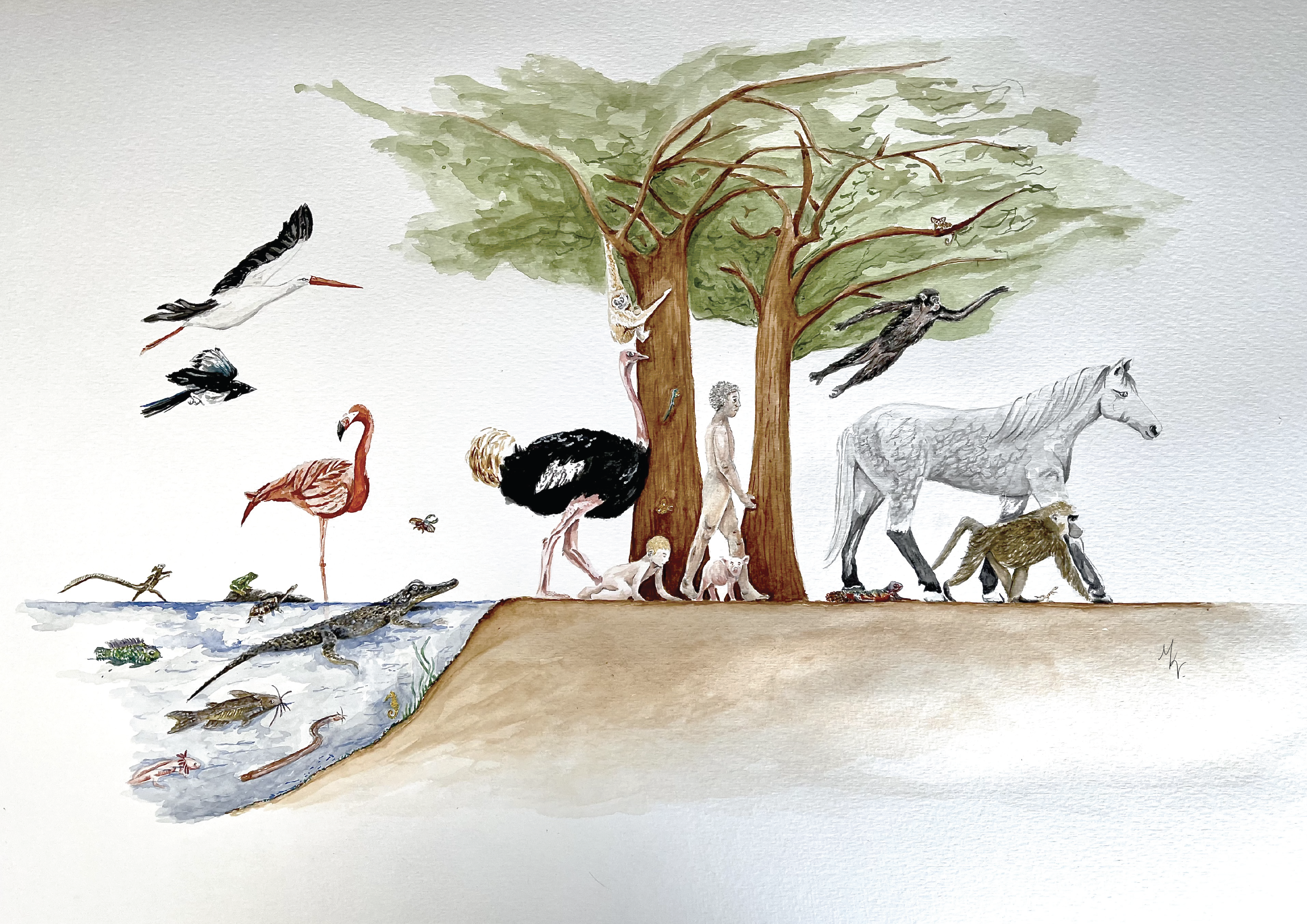
How do you make your art?
I use a variety of techniques in my artwork, depending on the preferences of the client. For book illustrations, I typically work with digital tools like Procreate, as these projects are long-term and require a significant amount of detailed work and multiple corrections. For shorter commissions, I often use traditional mediums like watercolor, pencil, or ink, watercolor being especially popular with clients. Personally, I enjoy working with pencil for black-and-white drawings, as well as oil paints for my personal pieces.
Regardless of the medium, my process always begins with an overall study of the subject in order to choose which aspects of its nature need to be emphasized. Once I have a clear vision, I create the initial sketch in graphite. From there, I build upon the drawing working in layers to bring out the depth and texture of the final piece.
Does your science influence your art at all, or are they separate worlds?
Science has been a significant part of my life for many years, and it has undeniably influenced my art. The projects I’ve worked on, along with the methods of thinking, working, and experimenting in scientific research, have shaped my approach to drawing and expanded my imagination. However, although I often create naturalistic illustrations, I also enjoy exploring other subjects, such as emotions and surrealistic art.
What are you thinking of working on next?
I have several commissions lined up for later this fall and am always open to new collaborations. Since work in this field doesn’t come in regularly, I’m managing it part-time to balance my commitments. I would really love to, one day, expand my creations to the field of ceramics creating sculptures or other artistic objects that express my view of nature using the most natural material, clay.
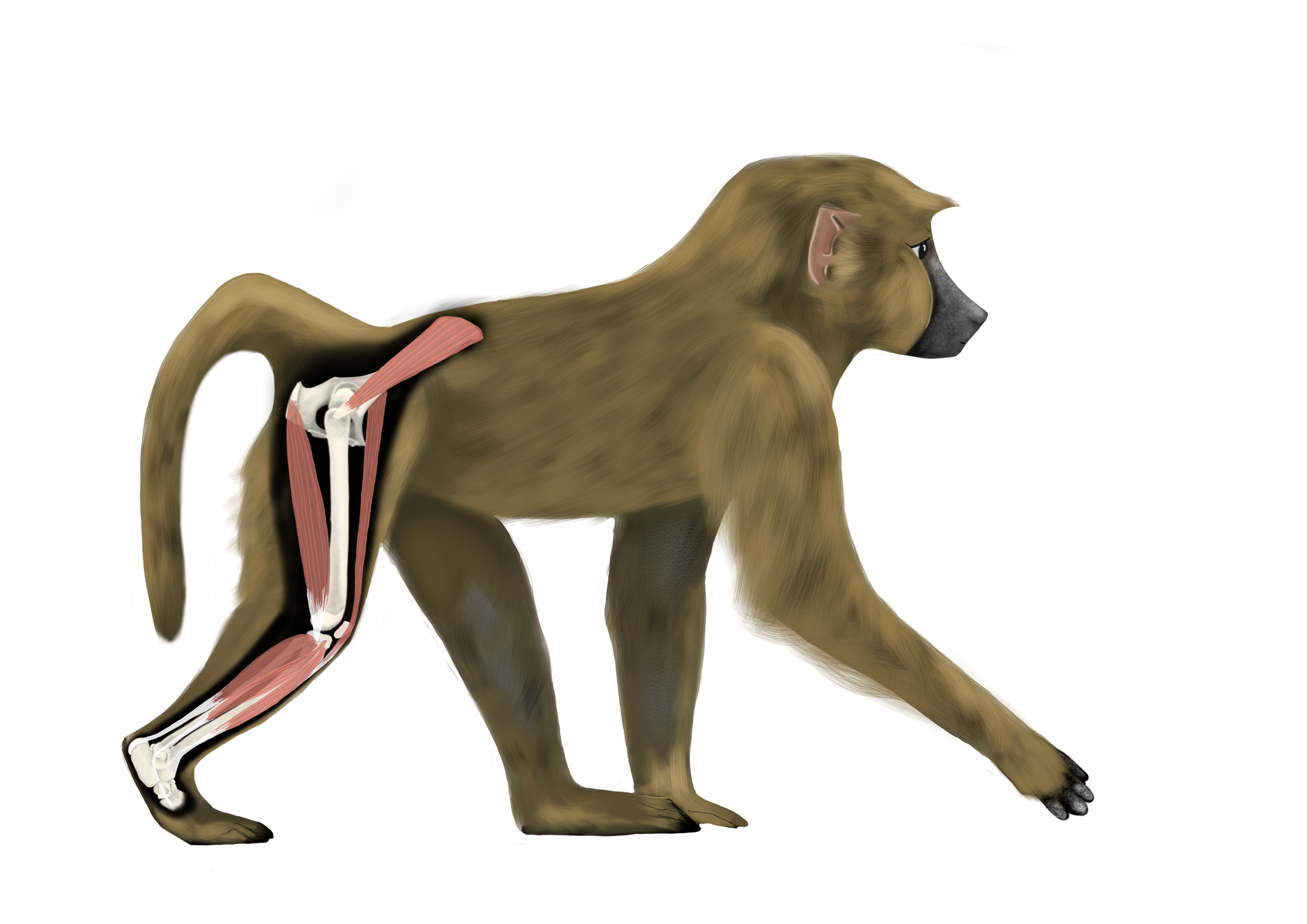
How/ where can people find more about you?
You can explore my latest illustration projects on both my website and Instagram, where I regularly update my portfolio. While my website shows a selection of projects, I use Instagram to provide a deeper look into my process and short commissions. There, I talk about techniques and tools I use, and offer followers a sneak peek at my latest creations.
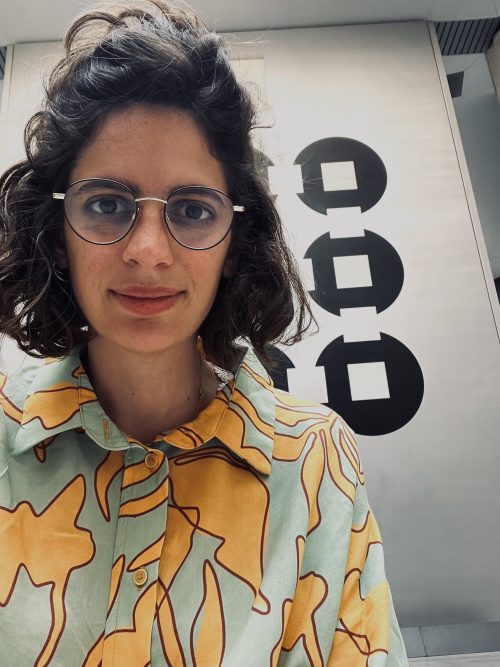
Website: https://meneliavk.wixsite.com/website
Instagram: @meneliavk_illustration


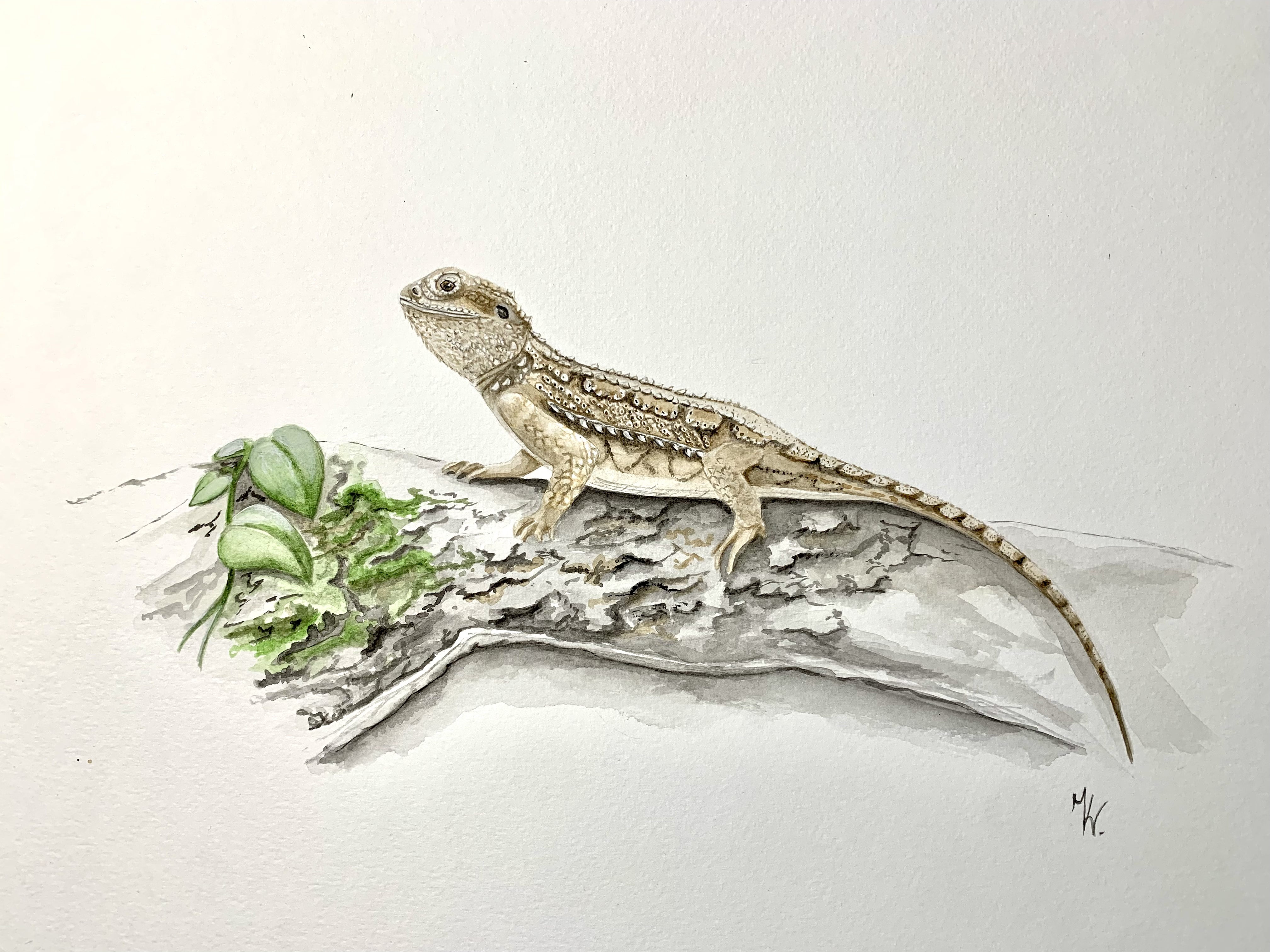
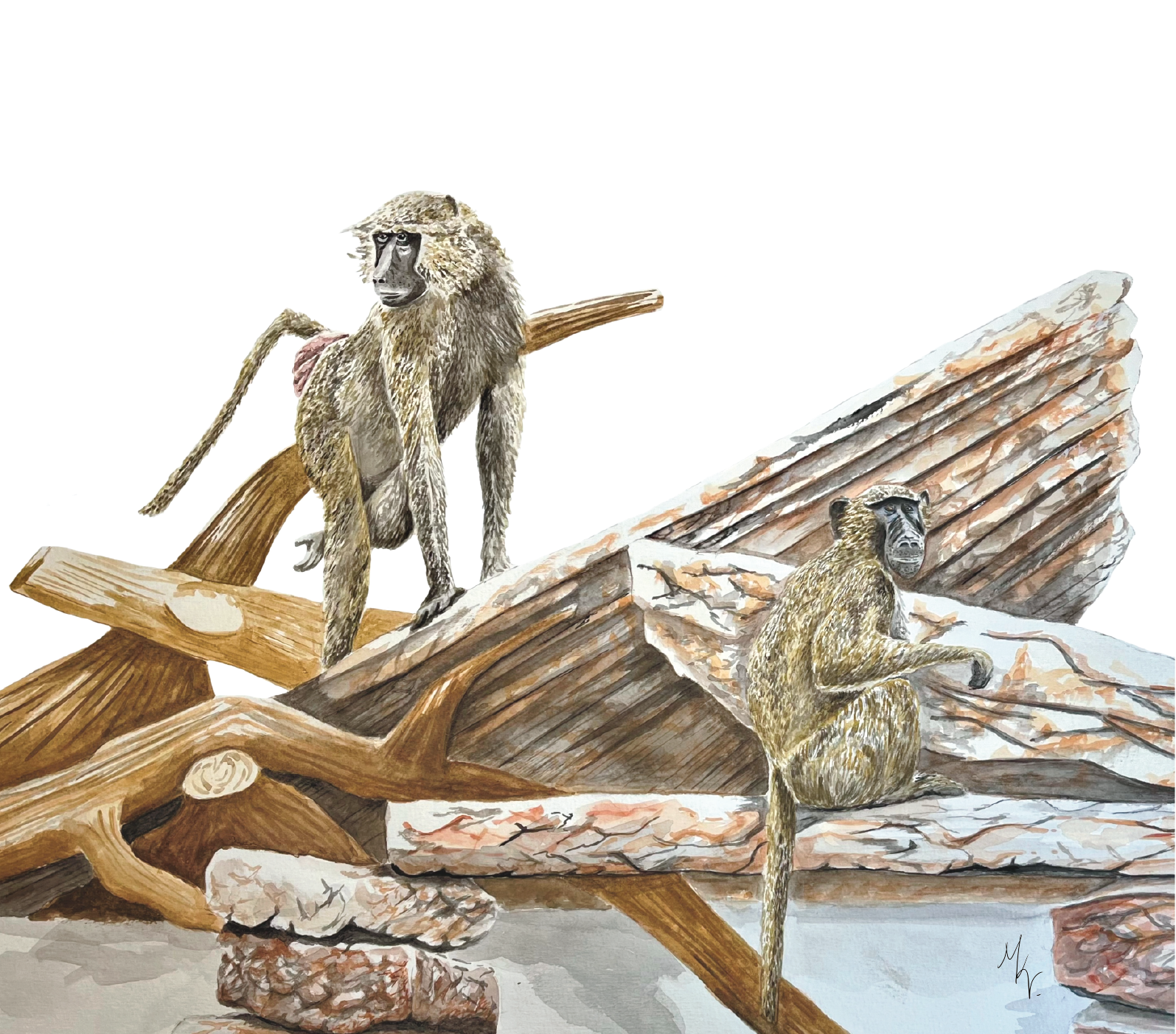
 (3 votes)
(3 votes)